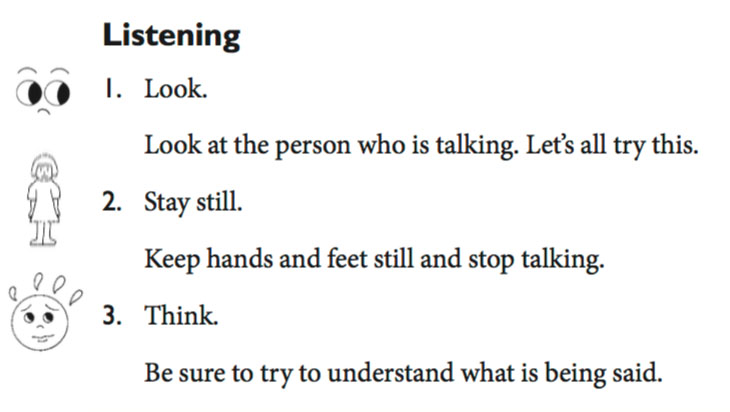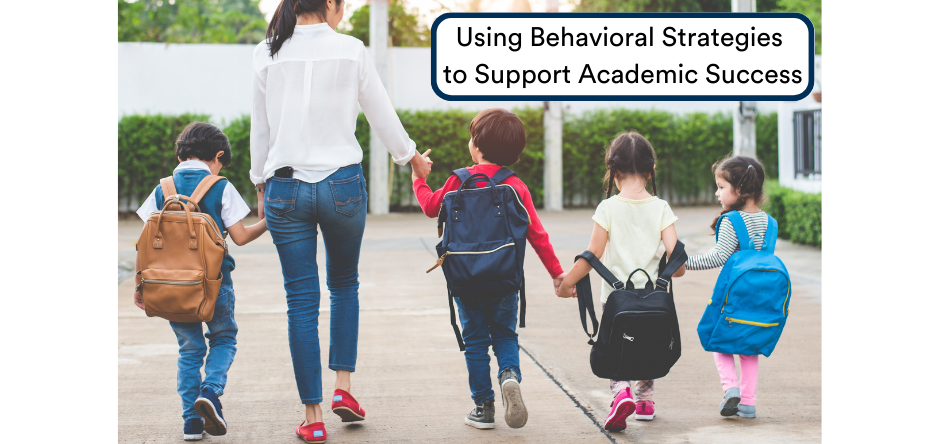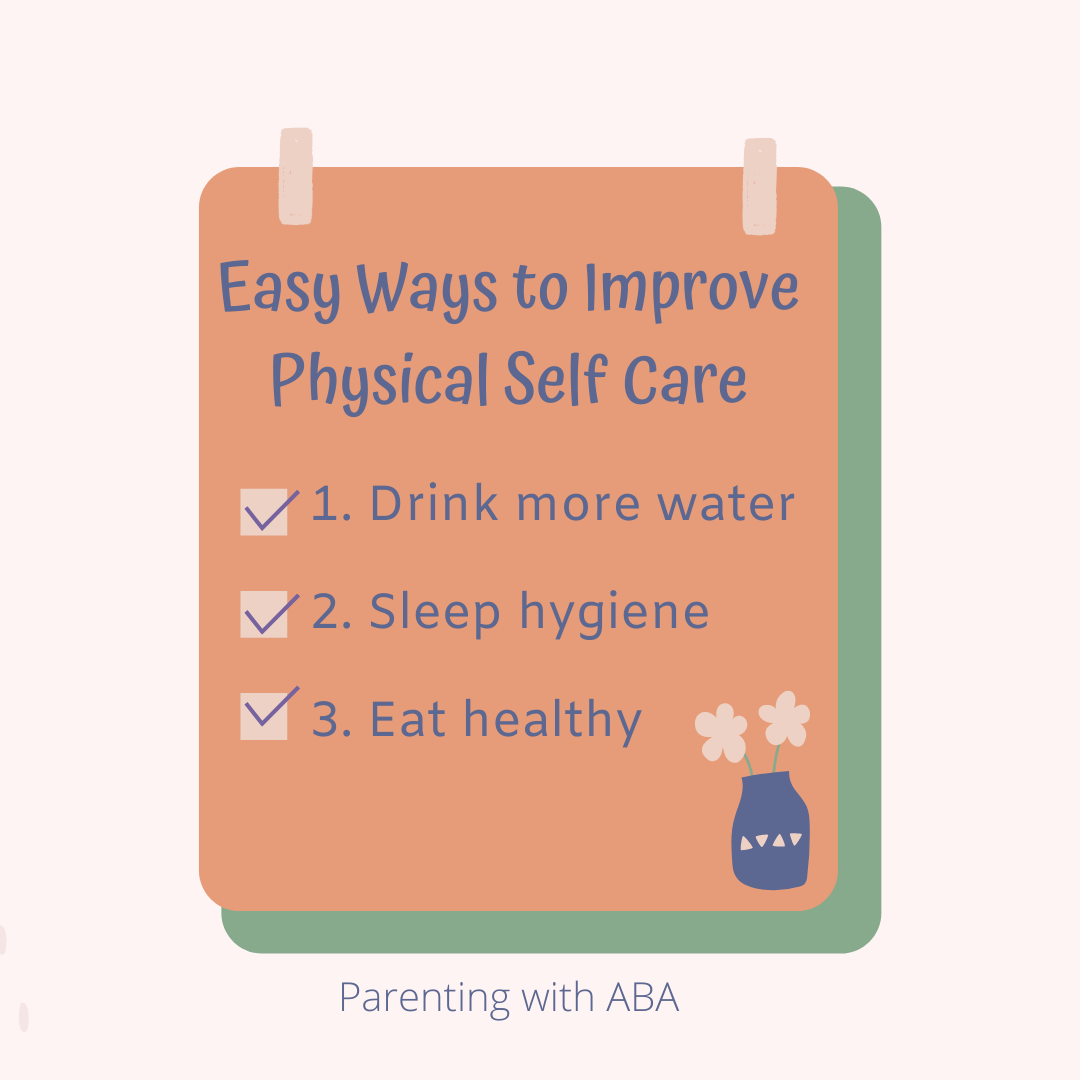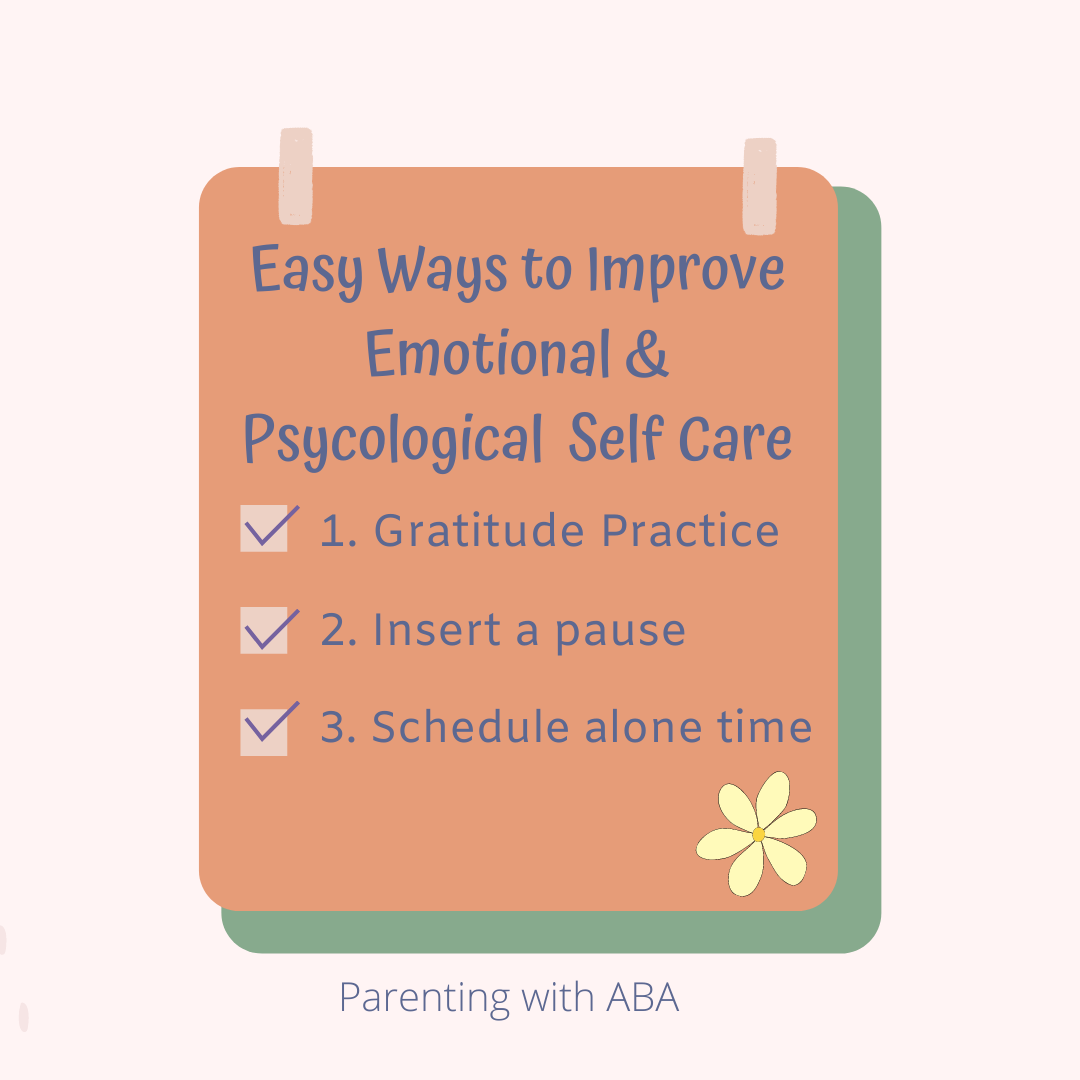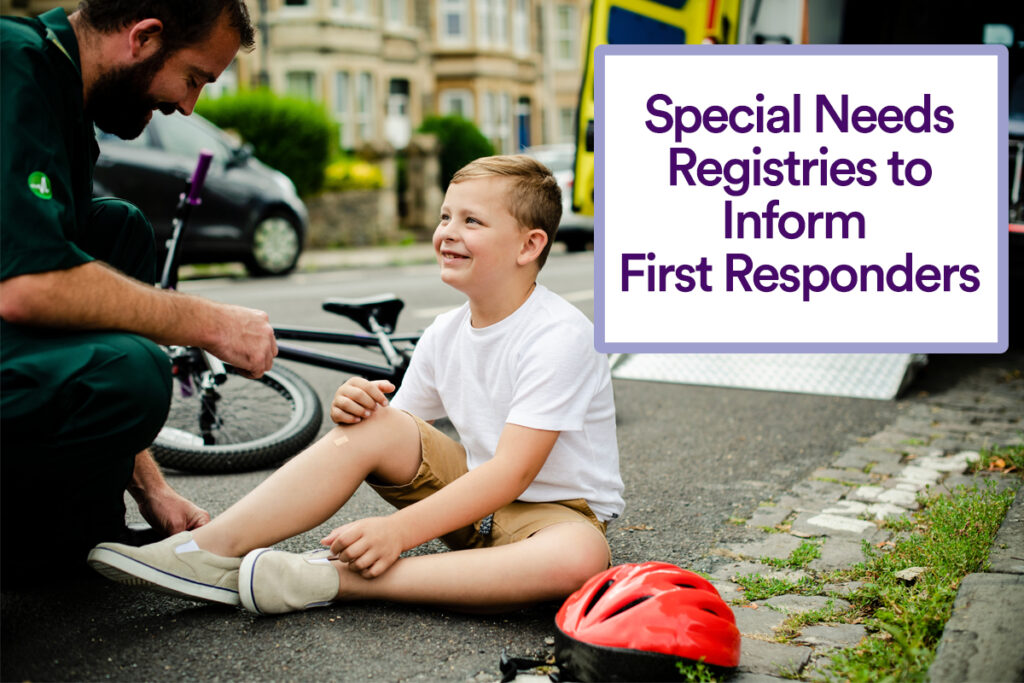
ABA often gets a bad rap due to misunderstandings about reinforcement. In my career alone, I’ve had people tell me that people are not like rats and pigeons, that reinforcement harms intrinsic motivation, and that when I do produce behavior change, it has nothing to do with ABA but with my abilities as a teacher. Today, I’d like to clear up some misconceptions about reinforcement.
Reinforcement is not equivalent to rewards.
Reinforcement is anything that occurs immediately following a behavior that increases the future likelihood of that behavior. For instance, I am more likely to say hello to my neighbor down the street because in the past he has responded by saying “hello” back to me. However, I do not say hello to my next-door neighbor because she has never responded to my greeting. My history of reinforcement with the neighbor down the street increases the likelihood that I will greet him upon seeing him.
Reinforcement occurs in the natural environment all the time, whether we are conscious of it or not.
We are reinforced by paychecks for going to work, by our favorite dessert for visiting a restaurant 30 minutes out of our way, by compliments when we get a new haircut and more. ABA utilizes reinforcement when an individual is not acquiring skills in order to help them learn. And when ABA is implemented correctly, reinforcement should be as close to naturally occurring reinforcers as possible and should be reduced systematically over time to levels that would naturally occur in their environment.
Reinforcement works for dogs and for humans.
The previous two points illustrate that humans do respond to reinforcement, and decades of scientific research back that up. Comparing the work behavior analysts do with humans to the work behavior analysts do with other animals is not far off base. What is off base is using such a comparison to imply that behavior analysts treat people with disabilities like dogs. As with other professionals who work with individuals with disabilities, (such as speech therapists, physical therapists, nurses, etc.) most behavior analysts are professionals who put a lot of time, care, and love into their work.
Reinforcement is individualized.
Everything we do in ABA is individualized because human beings are wonderfully complex creatures that cannot be characterized by statistics, averages, or norms. One of my students may find stickers reinforcing; another may show no interest. One student may find listening to music reinforcing; another may cover his ears and ask me to turn it off. In ABA, we seek to find the items and activities that are motivating for individuals; then use those as tools not only for reinforcement but for increasing skills and broadening interests and opportunities. In an ideal ABA session, my students spend a lot of time engaging with items and activities that they enjoy while also learning and growing.
It’s easy to fall prey to misconceptions about reinforcement, but such misconceptions can make it impossible for us to understand how to alter the environment in order to provide the best possible outcomes for our students. As Skinner put it, “The ideal of behaviorism is to eliminate coercion: to apply controls by changing the environment in such a way as to reinforce the kind of behavior that benefits everyone.”
Never miss a post when you follow us on Facebook and Instagram!
WRITTEN BY SAM BLANCO, PhD, LBA, BCBA
Sam is an ABA provider for students ages 3-15 in NYC. Working in education for twelve years with students with Autism Spectrum Disorders and other developmental delays, Sam utilizes strategies for achieving a multitude of academic, behavior, and social goals. She is also an assistant professor in the ABA program at The Sage Colleges. You can read more of Sam’s posts for DRTL here!


